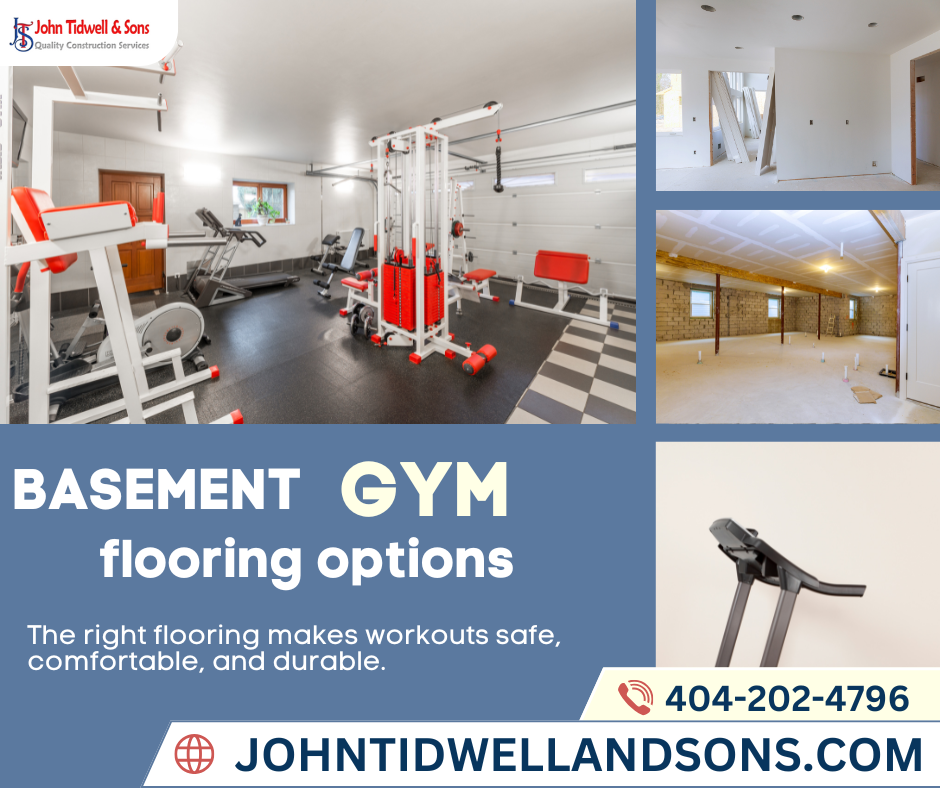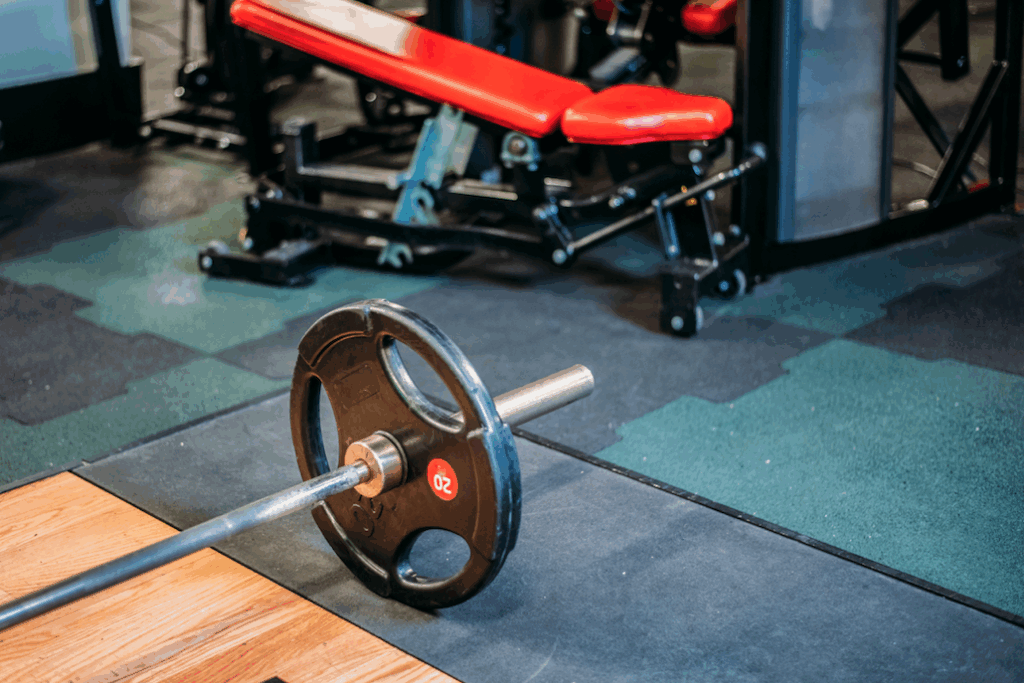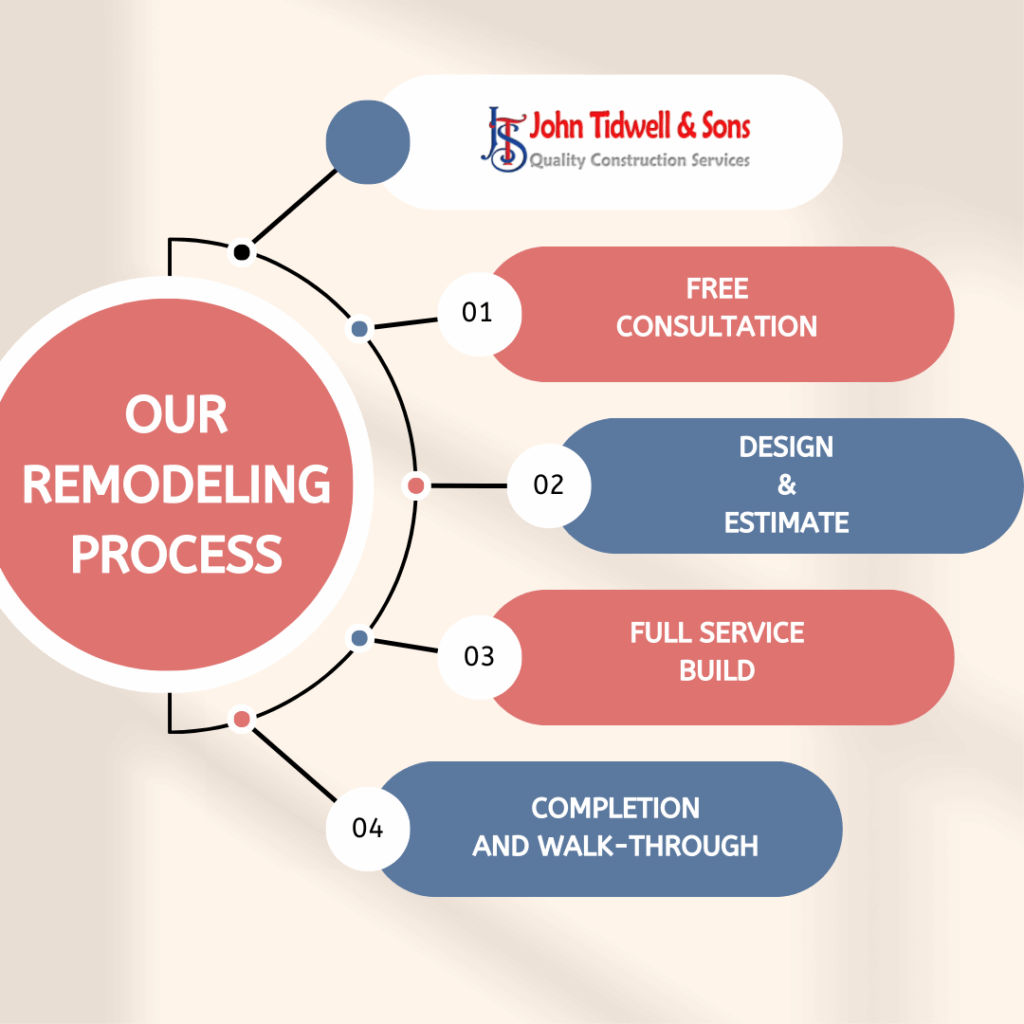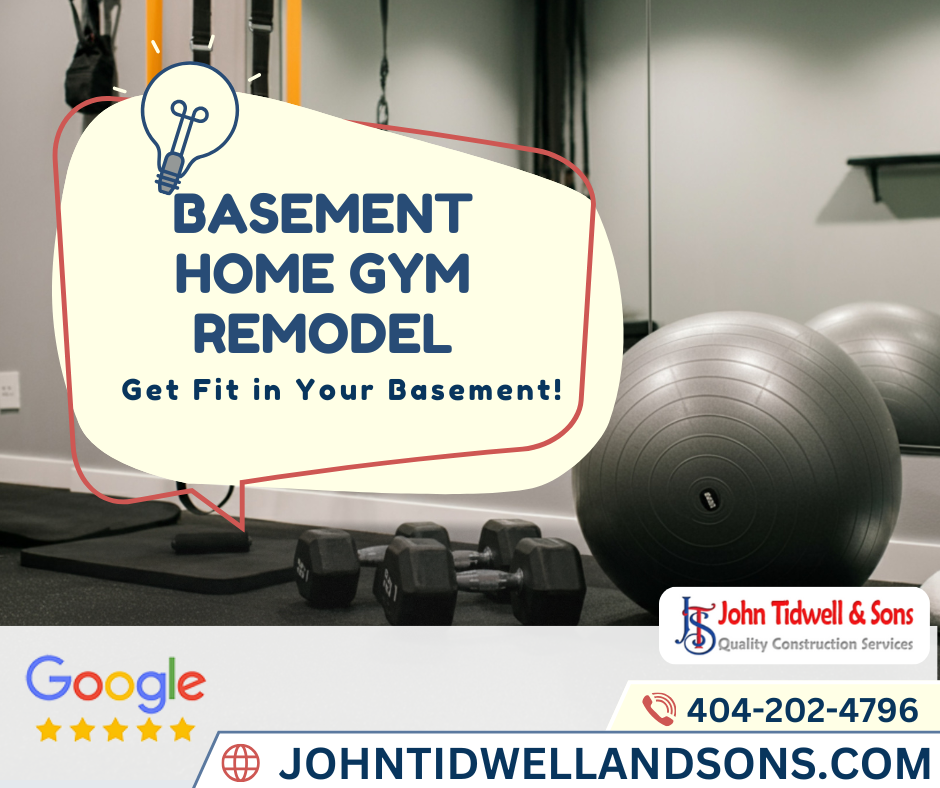Best Flooring Options for Basement Gyms
Choose the Ideal Flooring for Workout Spaces
Best Flooring Options for Basement Gyms
Concrete basements might be perfect for storage, but they’re not ideal for workouts. A cold, hard slab of concrete can make exercise uncomfortable and even dangerous. The right flooring transforms your basement into a safe, motivating gym that protects both your body and your home.
Why Flooring Matters in a Basement Gym
Your flooring choice is the foundation of your workout space. Here’s why it matters:
Shock absorption & safety – Good flooring cushions joints, reducing injury risk during cardio, weightlifting, or high-intensity training.
Protects your subfloor – Dropped weights and heavy machines can crack concrete without proper gym flooring.
Comfort & motivation – A comfortable, professional-looking floor makes workouts more inviting and keeps you consistent.

Top Flooring Types for Basement Gyms

When searching for the best flooring for basement gyms, four options stand out:
1. Rubber Tiles or Rolls
Best for: Weightlifting and heavy equipment.
Why: Rubber is durable, shock absorbent, and designed to handle dropped weights. It also resists moisture — a big plus in basements.
Bonus: Easy to clean and comes in both interlocking tiles and roll formats.
2. Foam Tiles
Best for: Budget-friendly setups or cardio/yoga spaces.
Why: Lightweight, cushioned, and easy to install. Foam tiles add comfort for bodyweight training, stretching, and lighter workouts.
Note: Not as durable as rubber if you’re lifting heavy.
3. Carpet Tiles
Best for: Multipurpose spaces that double as family rooms or play areas.
Why: Carpet tiles provide warmth and some cushioning, while still being easy to replace if damaged.
Tip: Choose moisture-resistant versions designed for basements.
4. Vinyl or Luxury Vinyl Plank (LVP)
- Best for: All-purpose gyms needing easy maintenance.
- Why: Vinyl is moisture resistant, simple to clean, and comes in wood-look styles for a polished finish. Pair with mats for extra shock absorption.


What NOT to Use in a Basement Gym
Not all floors are gym-friendly. Avoid:
Hardwood – Prone to warping from basement moisture.
Standard carpet – Traps sweat, odors, and is tough to clean.
Laminate – Can chip, scratch, and swell with humidity.
These options may look nice upstairs, but they won’t hold up in the unique environment of a basement workout space.
Choosing the Right Floor for Your Goals
- Your best flooring depends on how you plan to use the space:
- Heavy lifting gym? Rubber flooring is the gold standard.
- Cardio or yoga studio? Foam tiles or vinyl keep things comfortable.
- Multipurpose space? Carpet tiles or vinyl offer versatility and a more “finished” look.
- Small vs. large gyms: Tiles are easier to DIY in smaller spaces, while rolls or vinyl are better for covering large areas seamlessly.
Next Step: Design Your Dream Basement Gym

The right flooring is the first step in creating a safe, motivating gym at home. Whether you want a rubber-floored lifting zone or a vinyl multipurpose space, a smart design makes all the difference. Want professional installation and design? Request a free consultation today!

